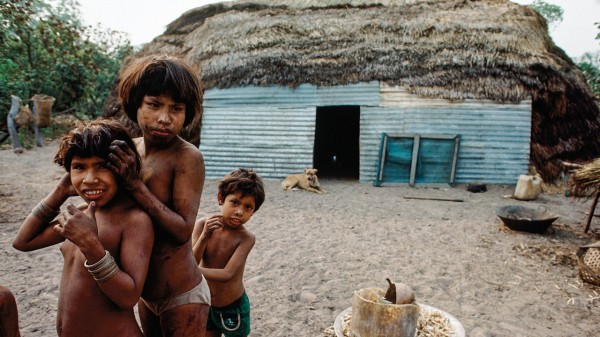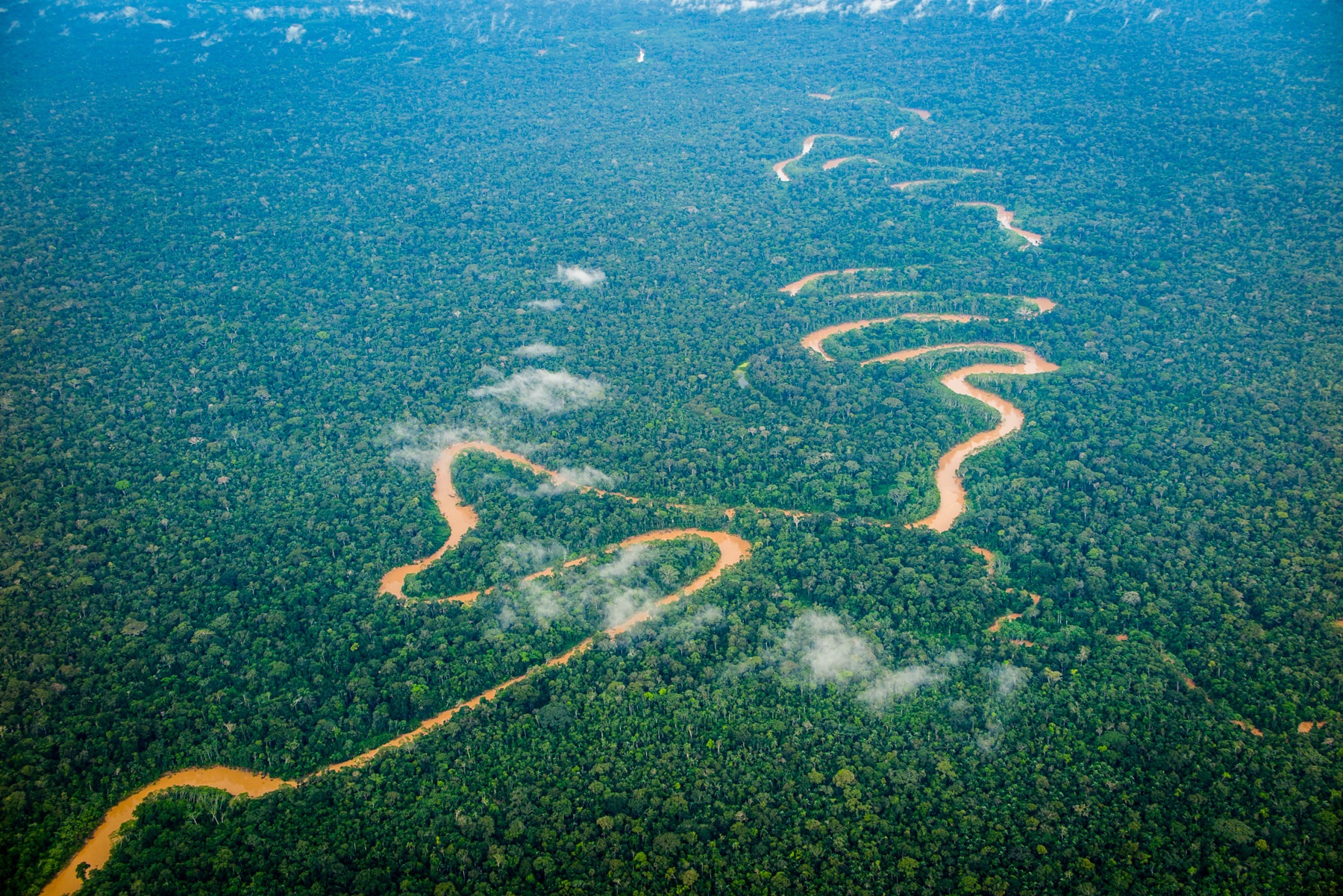
In June 1909, a Brazilian military engineer instructed his assistant, Severiano Godofredo d'Albuquerque, to tame and pacify the Nambikwara, an isolated group living in the path of a new telegraph line pushing into the upper Amazon River Basin in western Brazil. Albuquerque and his men followed a practice pioneered by missionaries: They set up an "attraction front," building a small frontier post in Nambikwara territory, planting a garden nearby, and allowing the tribe to raid the crops. As the sorties increased, Albuquerque began leaving out metal tools, too. Finally, in August 1910, when a Nambikwara chief appeared during daylight in the garden, Albuquerque made contact, embracing the chief and dressing him and six of his companions in European clothing.
Nearly 60 years later, during a taped interview with American anthropologist David Price of Cornell University, an elderly Nambikwara described what happened next. Vitorino Nambikwara explained that his people initially traded woven ornaments and manioc flour for the newcomers' metal tools. But soon the men at the post demanded more. "When we asked for something, we had to work for it," Nambikwara recalled. If he and others refused to do physical labor, they were cut off from the steel machetes, axes, and other metal goods that they had come to depend on.
Such attraction fronts were an engine of sweeping cultural change. Brazilian missionaries used them to draw isolated, animistic societies out of the forest and into missions, where the people could be converted to Christianity. Government officials used the fronts early in the 20th century to transform traditional tribespeople into a settled workforce capable of building telegraph lines and roads in the Amazon's harsh conditions. Many saw the policy as enlightened.
But for indigenous groups, the attraction fronts were the beginning of disease and dependence. Government employees often hugged the tribespeople, ate with them, and gave them "clothes and hammocks," says Antenor Vaz, a former senior official at FUNAI, the federal agency responsible for Brazil's indigenous peoples. In doing so, they also shared their pathogens, to which the newly contacted had no immunity.
The Nambikwara, for example, suffered devastating losses. Price estimated that the group numbered some 5000 people at the beginning of the 20th century. By 1969, that number had plummeted to 550, according to a census he conducted, and by 2010 the count was still only 1950, according to a census by Brazil's National Health Foundation.
In the wake of such repeated tragedies, FUNAI frontiersmen helped convince the Brazilian government to abandon attraction fronts and adopt a no-contact policy in 1988 (see main story). Today, anthropologists consider the fronts a shameful chapter in Brazil's history. "It was a mess," says anthropologist Cristhian Teófilo da Silva of the University of Brasília. "And it has been proven to be genocide."

Education Resource
Meet the Journalist: Heather Pringle
Heather Pringle discusses her and Andrew Lawler's reporting on the emergence of "isolated tribes" in...





